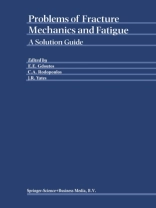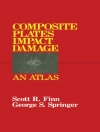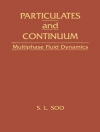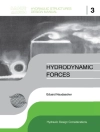On Fracture Mechanics A major objective of engineering design is the determination of the geometry and dimensions of machine or structural elements and the selection of material in such a way that the elements perform their operating function in an efficient, safe and economic manner. For this reason the results of stress analysis are coupled with an appropriate failure criterion. Traditional failure criteria based on maximum stress, strain or energy density cannot adequately explain many structural failures that occurred at stress levels considerably lower than the ultimate strength of the material. On the other hand, experiments performed by Griffith in 1921 on glass fibers led to the conclusion that the strength of real materials is much smaller, typically by two orders of magnitude, than the theoretical strength. The discipline of fracture mechanics has been created in an effort to explain these phenomena. It is based on the realistic assumption that all materials contain crack-like defects from which failure initiates. Defects can exist in a material due to its composition, as second-phase particles, debonds in composites, etc. , they can be introduced into a structure during fabrication, as welds, or can be created during the service life of a component like fatigue, environment-assisted or creep cracks. Fracture mechanics studies the loading-bearing capacity of structures in the presence of initial defects. A dominant crack is usually assumed to exist.
E.E. Gdoutos & C.A. Rodopoulos
Problems of Fracture Mechanics and Fatigue [PDF ebook]
A Solution Guide
Problems of Fracture Mechanics and Fatigue [PDF ebook]
A Solution Guide
Buy this ebook and get 1 more FREE!
Language English ● Format PDF ● ISBN 9789401727747 ● Editor E.E. Gdoutos & C.A. Rodopoulos ● Publisher Springer Netherlands ● Published 2013 ● Downloadable 3 times ● Currency EUR ● ID 4698798 ● Copy protection Adobe DRM
Requires a DRM capable ebook reader












